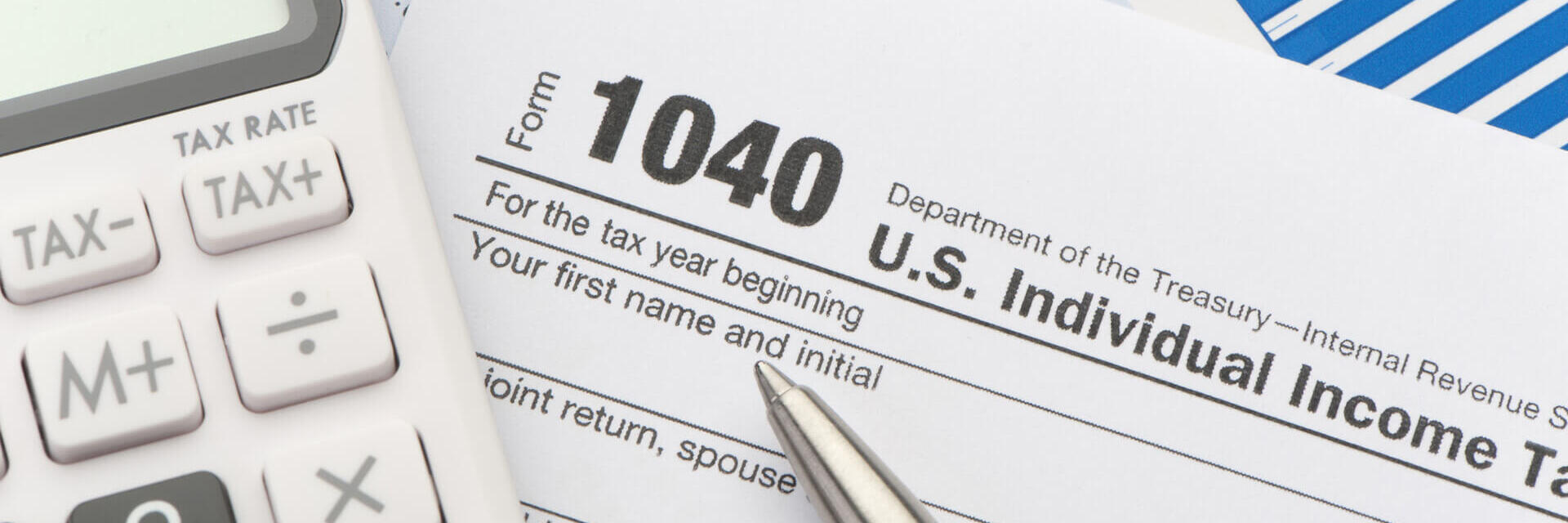
Understanding Income Analysis - Why the Tax Return Doesn't Paint the Whole Picture
- Published
- Jan 5, 2023
- Share
We’re often told by divorce litigation parties or their attorneys to “just look at the tax return” when it comes to determining a party’s joint or individual income. The reality is that the tax return does not paint the whole picture. Let’s look at what is presented on the tax return, what else should be considered, and what other documents and information should be obtained in order to determine the party’s true available income/cash flow.
What Information Is Presented on the Tax Return?
Income information that is typically presented on a personal income tax return includes:
Form W-2 wages or 1099 income earned by one or more of the parties.
Information regarding both taxable and non-taxable (e.g., municipal bonds) interest and dividends.
IRA, pension or annuity distributions. Not all distributions are taxed; taxable and non-taxable portion amounts will be presented on the return.
Social Security benefits.
Capital gains or losses.
Sales of business assets or ownership in business entities.
Business income or losses reported on Schedule C.
Pass-through income for rental real estate, partnerships, S corporations, trusts, (Schedule E income).
Most of these items are straight forward and represent true income received by the parties. However, we need to discuss pass-through income a bit more.
What Is Pass-Through Income and Why Is It Misleading?
Pass-through income—especially from partnerships, S corporations, trusts—represents an individual’s share of the entity’s income based upon ownership interest. The term “pass-through” indicates that the taxes are paid by the individual owner(s), not by the entity.
For example, if a party owns 50% of a business that is organized as an S corporation, that party will report 50% of the business’s net income on their individual tax return; the entity itself will not pay any income tax. This income (or loss) could be misleading in that it doesn’t necessarily mean that the party received that income amount personally. Many times, entity income that is reported on a pass-through basis is retained in the entity, and the owners instead receive distributions. In some situations, those cash distributions can be significantly less than the income reported on the party’s Schedule K-1. In other situations, the cash distributions may be higher than the income amount. Owners are not taxed on distributions. Therefore, they are not included in the calculation of taxable income on their individual tax returns. Distribution totals can be found on Schedule K-1 that the entity includes with its tax returns and issues to the owner(s). Therefore, it is important to reconcile the income reported on the K-1 with any distributions received to determine the actual cash flow the parties receive.
What Else Is Not Included on a Tax Return?
There are other items that could be additional income available to a party that may not be reported on the party’s tax return. For example, a business owner may have sold their ownership interest to another individual or a trust, and rather than take a one-time payout for their ownership interest, the business established a note payable to the selling owner. When this situation arises, the selling owner often has the business pay expenses directly or receive funds from the business and the business treats these expenses or transfers as pay-down of principal and interest on the note payable to the owner. This activity would not be reflected on the tax return of the individual and would require review and analysis of the books and records of the business, primarily on any transaction activity in the notes receivable/shareholder loan accounts on the balance sheet.
Furthermore, with many closely held businesses, the business pays various perquisites on behalf of the owner(s). These could include such items as cell phone expenses, automobile insurance, meals and entertainment, and travel expenses. However, there are many instances when the perquisites paid on behalf of the owner(s) include many other items. These items are often not included in distributions or taxable compensation to the owner(s). In order to quantify the total amount of perquisites paid, a thorough review of the general ledger of the business is required as well as a potential review of the bank account and credit card account statements of the business.
Other potential income items that should be evaluated include deferred compensation, stock options, inheritances or gifts, or additional income received from third parties not listed in the categories discussed. The parties’ personal bank accounts should be reviewed to determine if any other income sources exist.
Summary
When determining the income of the parties in a divorce proceeding, it is critical to look beyond the federal income tax returns because there could be several income categories that are not presented on the returns. At a minimum, review bank statements (personal and business), credit cards statements, business tax returns, and general ledgers of the business to determine available income.
What's on Your Mind?
Start a conversation with John D.
Receive the latest business insights, analysis, and perspectives from EisnerAmper professionals.












